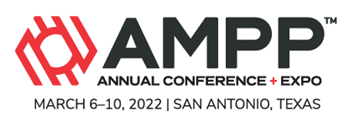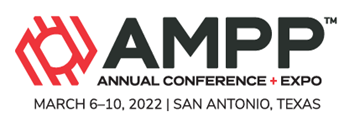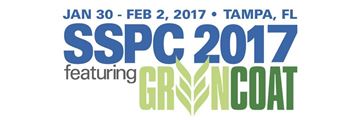Search
Individual Conference Papers
View as
Sort by
Display
per page
Standards, Training and Certification in the Oil and Gas Industry
Product Number:
51216-014-SG
Publication Date:
2016
$20.00
Standards, Training and Certifications in the Marine Coatings Industry
Product Number:
41216-948-SG
Publication Date:
2016
$20.00
Standards, Training, and Certifications in the Wastewater Industry
Product Number:
41216-988-SG
Publication Date:
2016
$20.00
State of Technology: Cleaning and Coating UAV Systems
Product Number:
51220-262-SG
Publication Date:
2020
$20.00
State of The Art Erosion Control Technology
Product Number:
MPWT19-15301
Publication Date:
2019
$0.00
Statistical and Technical Evaluation of Rapid Dry Film Thickness (DFT) Measurement Technologies
Product Number:
51218-136-SG
Publication Date:
2018
$20.00
Statistical Analysis Of U.S. Onshore Hazardous Liquid Pipeline Accidents From 2010 To Present Caused By Internal Corrosion And Possible Solutions
Product Number:
51321-16910-SG
Publication Date:
2021
$20.00
Statistical Analysis Of U.S. Reportable Onshore Hazardous Liquid And Natural Gas Pipeline Accidents/Incidents From January 2010 To January 2021 Caused By External Corrosion
Product Number:
51322-17661-SG
Publication Date:
2022
$20.00
Statistical Analysis Of U.S. Reportable Onshore Hazardous Liquid And Natural Gas Pipeline Accidents/Incidents From January 2010 To January 2021 Caused By External Corrosion Page 2
Product Number:
51322-18525-SG
Publication Date:
2022
$20.00
Statistics to Compare Alloy 718 Properties from Additive Manufactured and Newer Mill-Produced Bar Stocks
Product Number:
51319-12948-SG
Publication Date:
2019
$20.00
Status of High Temperature Resistant Thermal Spray Nonskid Coatings Within the U.S. Navy
Product Number:
51217-079-SG
Publication Date:
2017
$20.00












